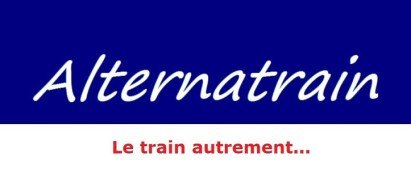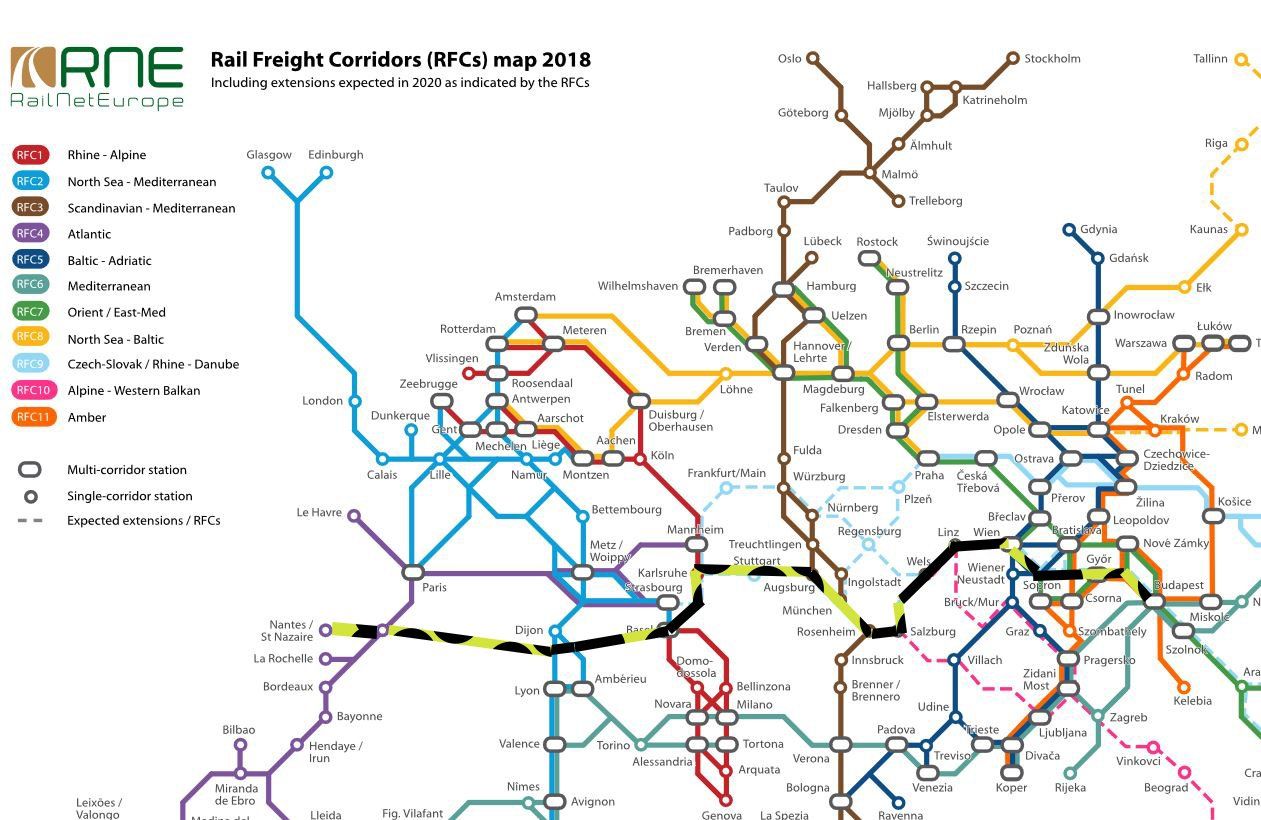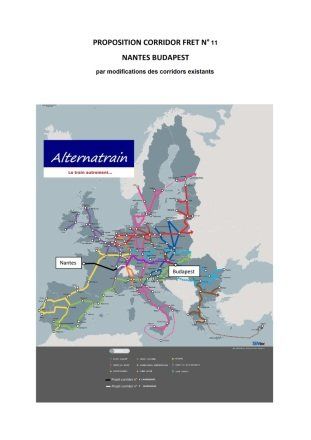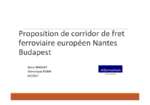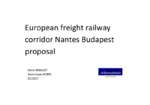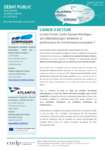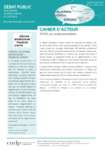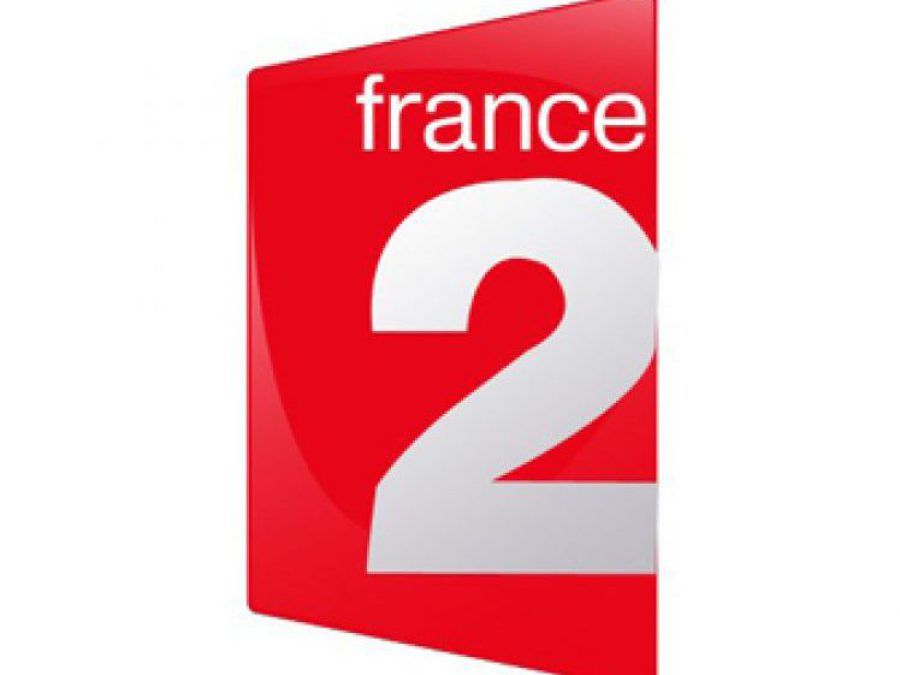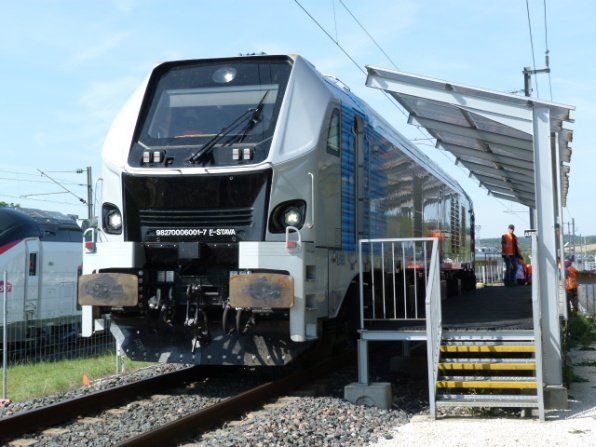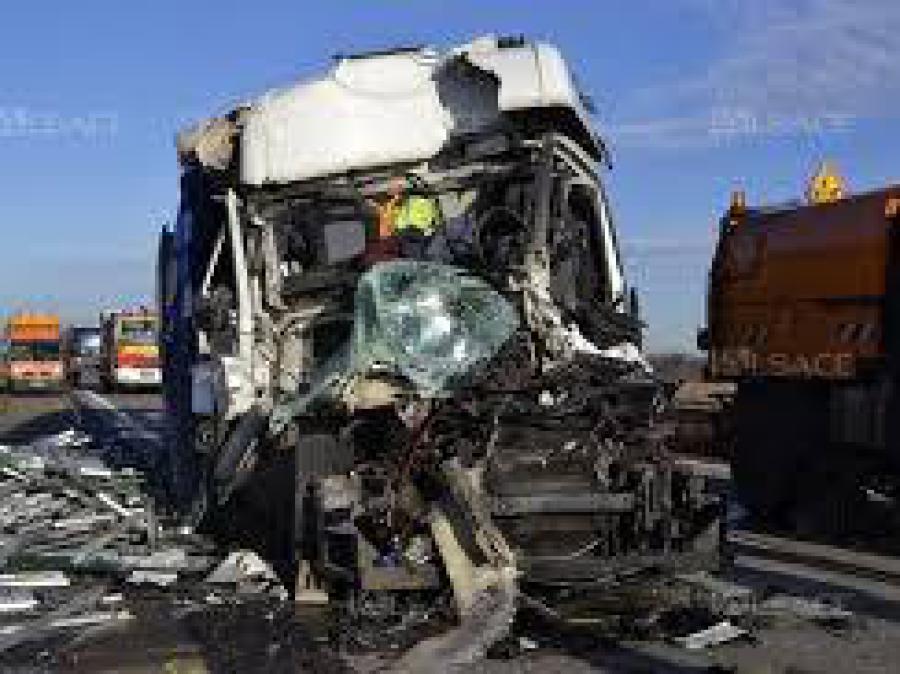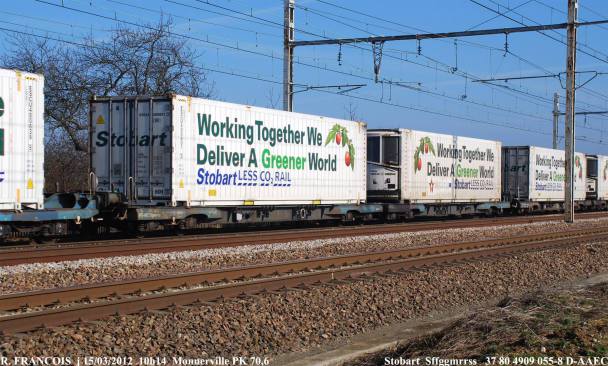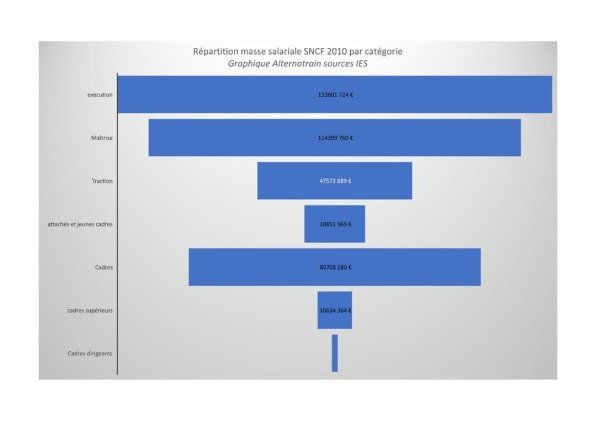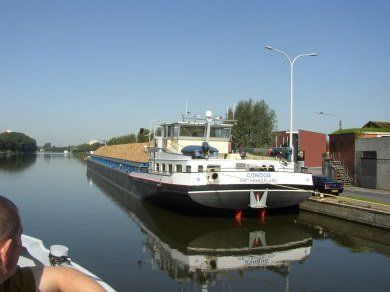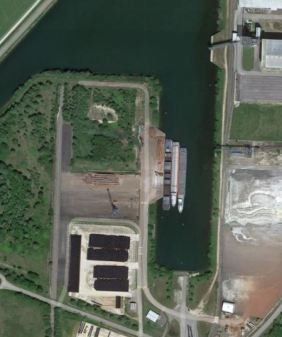Carbon 4 asks the right question...
Why rail freight, a low-carbon alternative to road freight,
is not developing more in France?
Low-carbon and safe, rail freight appears to be the ideal mode of transport. However, it is clear that in the medium and long term, rail freight has only declined in France. Currently at 10% modal share (in tonne-km transported) in France, it weighed almost double 20 years ago and could represent up to 75% of the volumes transported in the 1920s!
Rail freight is often in direct competition with road transport and suffers from several disadvantages linked to its guided operation which implies less freedom of movement and alternatives, and a very heavy infrastructure.
We thus note:
- A sparse network: rail does not provide equal access to the entire territory: you need to have a rail terminal or use combined transport.
- A more constrained network: rail transport is comparatively less reliable, in fact an incident at one point of the network has repercussions much more quickly on the whole of it. However, regularity and reliability are increasingly strong demands from shippers.
- A cost structure that makes it less resilient to crises. With a significant share of fixed costs (nearly 80%), rail freight is potentially less resilient to fluctuations in activity.
- Competition with passenger rail transport, which has priority in the allocation of slots.
However, the poor performance of freight is not inevitable and some European countries are doing much better than France.

This poor performance compared to our neighbours is partly explained by reasons exogenous to rail (e.g.: poor performance of French ports even though combined maritime-rail transport is a major lever in certain countries, deindustrialisation while heavy industries offer massive and regular flows that are well suited to rail freight, etc.). But it is also explained by a legacy in terms of rail policy.
Thus, the French network, built in a star shape around Paris and on a Rhine-Rhône axis, is highly saturated around Paris and Lyon. Above all, the French network is paying the price for an aging network. For example, the average age of railway tracks in France is 33 years, compared to only 17 years in Germany. This reflects a chronic lack of investment: around two times less per capita than in Germany and six times less than in Switzerland.
Thus, increasing the use of trains in France is complex, costly and necessary.
In a context where tonne-kilometres transported in France are only increasing slightly, doubling the share of rail as a % of volumes transported (as the National Rail Strategy aims for) certainly requires significantly increasing the total volume transported by rail but also reducing in absolute terms the total volume transported by road (and not just the share as a %).
To do this, increasing the attractiveness of the train may not be enough: it is also necessary to reduce that of the road, in particular by making it pay more for the cost of its environmental nuisances.
Discover the new update of our file on the
Rhine-Rhone Connection and European Corridor Atlantic Arc Centre Europe
by clicking below
Discover the new map of the Rhine-Rhône / Sillon Lorrain connection project...

A perfect complementarity of the two furrows to open up the South of Lorraine...

Where is our Central Europe Atlantic Arc corridor file as of 10/15/2022?
Interim assessment after eight years of reflection...
Our think tank recently had the opportunity to take stock of the progress of the project with the authorities. We would like to remind the reader that in 2017, during the Public Debate on the Central Europe Atlantic Railway, we had requested as a priority the inclusion of the VFCEA within the route of the future Atlantic Arc - Central Europe corridor. Furthermore, we had brought together a coalition of railway stakeholders to redirect the public debate initially planned for passenger traffic towards freight traffic. In particular, we recommended retaining the P400 gauge instead of the GB1.
IFirst of all, we should warmly salute and thank the State and the Bourgogne Franche-Comté Region for the decisions taken.
Here is the overall situation of the file as of 10/15/2022:
- The extension of the Atlantic corridor to Nantes has been completed.
- The extension of the Atlantic corridor towards Chagny (VFCEA) has been completed
- The P400 template was chosen instead of the GB1
- 200 million budget will be dedicated to investments for the VFCEA in 2023
We are pleased that these decisions meet the recommendations of the Public Debate and Alternatrain.
AND NOW WHAT IS LEFT TO DO?
THE RHINE RHÔNE CONNECTION from Chagny to Mulhouse
We would like to point out that the European RTET plan includes the route via Besançon, which is completely unfeasible at P400 gauge, to link Chagny to Mulhouse.
Our think tank recommends that this issue be included in the next CPER. The Chagny Mulhouse section is in fact THE ONLY MISSING LINK IN THE REALIZATION OF THE FUTURE CORRIDOR.
We are therefore renewing our proposal for a route passing through Gray according to the map below:

We therefore recommend that the Rhine-Rhône connection becomes a priority for the authorities.
The presentation file of our proposals can be downloaded HERE
Let's not forget the EURODUAL bimodal traction reference from STADLER, unique on the market...
Development of the Nantes Budapest - Central Europe Atlantic Arc link project
The latest updates to the file...

The route threatened by the greenway project from Gray to Vesoul

Our think tank is delighted with the publication of the 2020/2021 map of rail freight corridors. It now includes the Nantes - Tours route, a missing link disappears in the project; the extensions of corridors 4 and 2 to the East remain.
To be continued...
For rail freight: road freight in France represents a significant share of CO² emissions.
What if we became aware of this phenomenon and mobilized for the revival of rail freight on the model of our neighbors in Switzerland, Austria and Germany?
Defending the cause of rail freight means committing to the ecological cause and the reduction of CO² emissions, to reducing the risk of accidents in road transport (See the European Corridor and RCEA file), don't forget it!
Our think tank is studying the following topics (June 2021)
- PROPOSALS FOR THE ADOPTION OF THE P400 TEMPLATE ON CERTAIN FRENCH ROADS
- PROPOSALS FOR THE RENEWAL OF CERTAIN NIGHT TRAINS
- MODELING OF THE ROAD/RAIL MODAL REPORT CONCEPT OF THE RCEA / VFCEA
- THE REALIZATION OF THE CLIRR PROJECT (RHIN RHONE INTERMODAL LOGISTICS CHAIN),
- PROPOSALS FOR THE ALSTOM BELFORT FILE,
- THE CONCEPT OF TRANSFER OF STATE/REGIONAL COMPETENCE IN PASSENGER TRANSPORT EQUIPMENT,
- THE PROPOSAL TO EXTEND SEVERAL EUROPEAN FREIGHT CORRIDORS,
- THE DYNAMISATION OF THE OPERATION OF A TOURIST RAILWAY,
For any information, please contact us...
European Freight Corridor File Nantes to Budapest:
Presentation of the Nantes - Budapest European corridor file
English version
Alternatrain welcomes the positions of the Bourgogne Franche-Comté Region and European Freight Corridors No. 2 and 4
An essential recommendation from ALTERNATRAIN in the context of the public debate:
Opinion No. 54On the financing of the VFCEA by the EEC
Madam President,
I am very interested to read the content of your newsletter published today. The importance of the freight component of the VFCEA has clearly not escaped the attention of the various stakeholders in the matter.
The letter also addresses the problem of financing the project.
It seems important to me to return to the notion of extending corridors 4 and 2.
Indeed, it seems to me essential to present the file as an element of decongestion of the rail network of the Ile de France. As such, the project would meet objective 3.1 of the European plan to decongest European corridors.
As a direct consequence, the rate of participation of the EEC in the amount of
work could reach 30% and not 20% as is conventional.
I remain at your entire disposal for any further information.
Please accept, Madam, Sir, the expression of my highest consideration.
Denis RINGUET
The VFCEA public debate inquiry commission published its report on May 19.
Consult the final file of the Public Debate by clicking HERE
Edouard Philippe, Prime Minister in 2019, answers our questions:
Reducing the number of accidents involving heavy goods vehicles:
a major challenge for the modal shift of our European corridor project!
The Nantes Budapest European corridor project includes the VFCEA route.
The construction of this freight rail line will make it possible to considerably reduce the risk of accidents on the RCEA, now classified as the most dangerous in France.
The solution: Prioritize rail freight on the VFCEA instead of road freight on the RCEA.
The RCEA is asking the authorities for a financing effort of €1 billion to upgrade the entire route to 4 lanes. However, we already know that it would take a 2x3 lane upgrade to absorb all the daily traffic...
Consult the remarkable FRANCE BLEU file by clicking HERE.
Also watch the poignant report from the TV show "Envoyé spécial" by Elise LUCET on France 2 (March 2017)
Using modal transport also means avoiding the following:
Or this:
Alternatrain visits STADLER on September 21, 2017:
As a consequence:
To the challenges of reducing the CO² footprint,
To increase transport security,
To reduce the nuisances caused by the current unsatisfactory situation (accidents, traffic jams, etc.).


